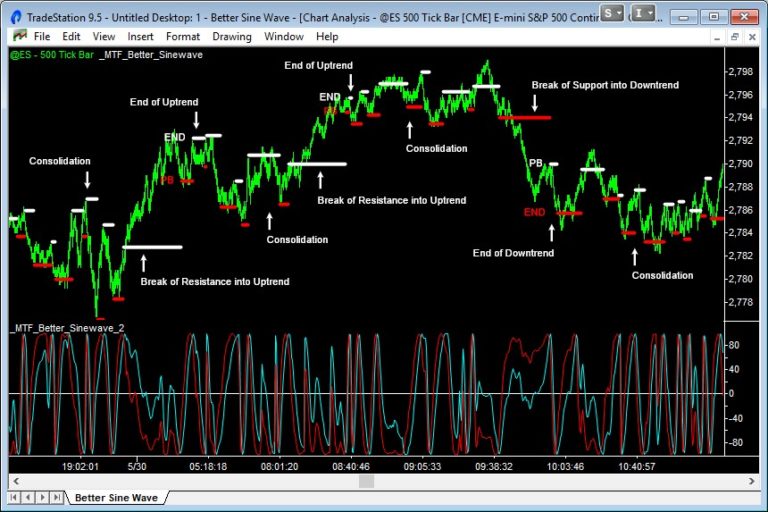


This is equivalent to fitting a straight line in a range. When one looks for fractal behaviour in a data set, one has to face the problem of how wide the range of scale invariance should be. At the root of their use-and consequently, at the root of fractal analysis in real-world situations-there is a well-known but often overlooked mathematical technique: linear regression. While D for synthetic fractal curves can be calculated exactly using analytical formulae, for real objects D must be esti-mated using special algorithms, some of which are described in the following paragraph. 2 Measuring an Object'S Fractal Dimension (1) So, considering the Koch curve that is obtained from the original segment through the similarity ratio 1/3, one has N l/ N l+ 1=1/4 L l+ 1/ L l=1/3, whence D=1.2618 ( Fig. The same procedure applied to a parallelepiped yields a similarity ratio r( N)=1 /N 1/3 one can generalize this result for any dimension D, where the ratio is r( N)=1 /N 1/ D. Next a rectangle is considered, which can be covered by N= b 2 equal parts here the similarity ratio is r( N)=1 /b=1 /N 1/2. Each part can be obtained from the original segment through the similarity : r( N)=1 /b=1 /N. Choosing an integer b, it is always possible to ‘cover’ the segment with N= b equal parts. Let us consider, as a practical example of a self-similar object, a segment ( Fig. The concept of fractal dimension, on which fractal geometry hinges, arises from simple theoretical considerations based on the self-similarity of any object. The capability of fractal geometry to account for scale invariance and, at least in principle, to fill this gap, justifies its great success.

A difficulty that has always dogged naturalists stems from the impossibility of classical geometry to cope with actual shapes, making classification of objects-historically, the staple of naturalistic sciences-very difficult. Another common feature is the jaggedness and irregularity of almost every natural object. For instance, in a picture of a geological outcrop one cannot detect the scale of length, unless a reference object is included in the field. Czeisler), MCB 186, Sleep and Circadian Clocks: from Biology to Public Health, Harvard College, Cambridge, MA - General Education Course Co-Director (with Charles A.One of the most striking characteristics in geology is the self-similarity shown by many natural objects, that is their scale invariance. Teaching - Course Co-Director (with Charles A. Junior Faculty: Lei Gao, MD 2018-2020 Jingyi Qian, PhD 2020-present Jacqueline M. Knapen, 2018 (internship) Yolanda Larriba, 2019 (internship) Olga Minaeva, 2021 (internship). Trainees - Undergraduate: Taneisha Benjamin, 2005 Thomas J.

He is a Member the Board of Directors of the Sleep Research Society. Scheer is an Editorial Board Member of several peer-reviewed journals, including the American Journal of Cardiovascular Disease, the Neurobiology of Sleep and Circadian Rhythms, and is an Associate Editor at the journal SLEEP. Scheer has received numerous scientific awards, including the Young Investigator Award by the American Academy of Sleep Medicine, the Neal Miller Award by the Academy of Behavioral Medicine Research, and the Outstanding Scientific Achievement Award by the Sleep Research Society. Scheer has been funded continuously as Principal Investigator by the National Institutes of Health (NIH). Scheer’s work focuses on influences of the endogenous circadian system and its disruption-such as with shift work-on cardiovascular, pulmonary, and metabolic regulation and disease states, including hypertension, asthma, obesity and diabetes. Scheer is a Professor of Medicine at Harvard Medical School (HMS) and the Director of the Medical Chronobiology Program at Brigham and Women’s Hospital (BWH), Boston.


 0 kommentar(er)
0 kommentar(er)
